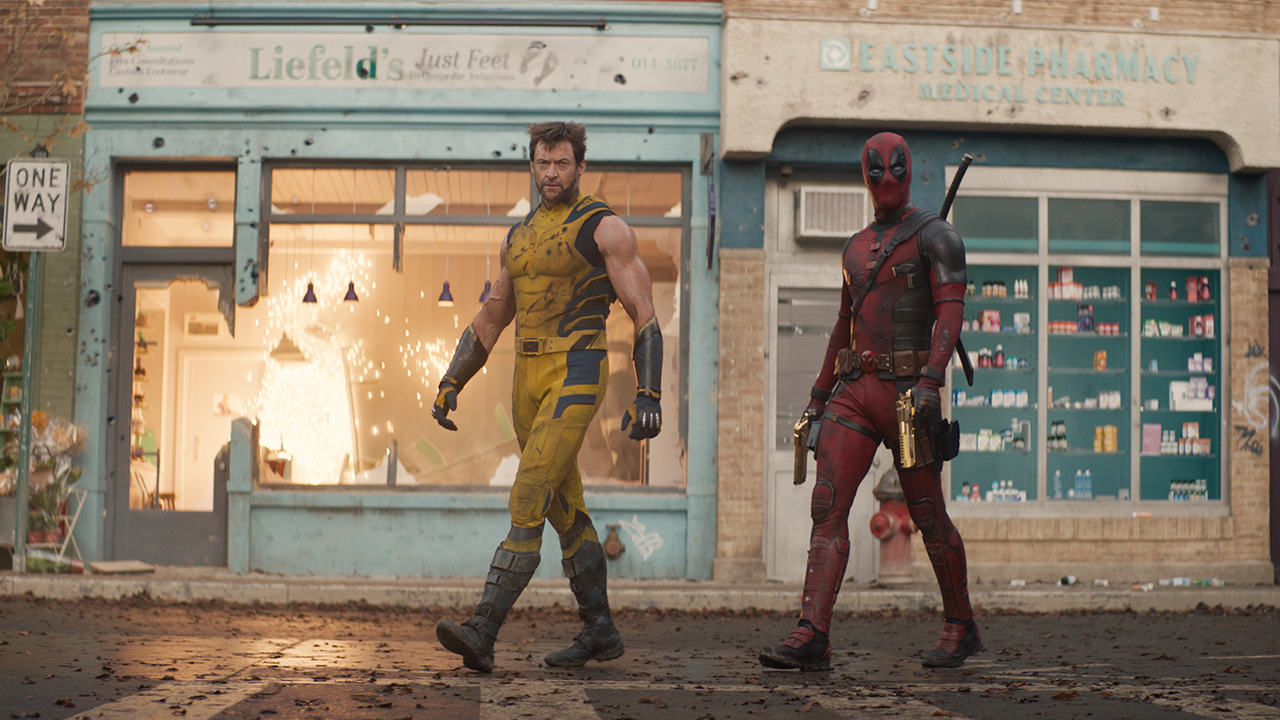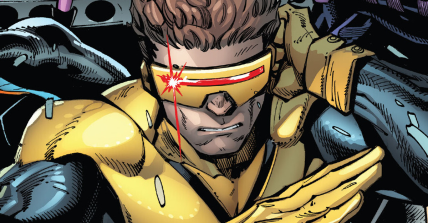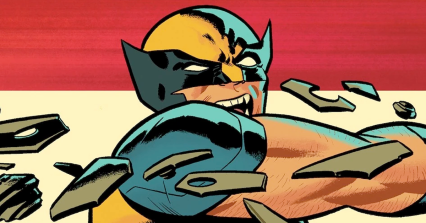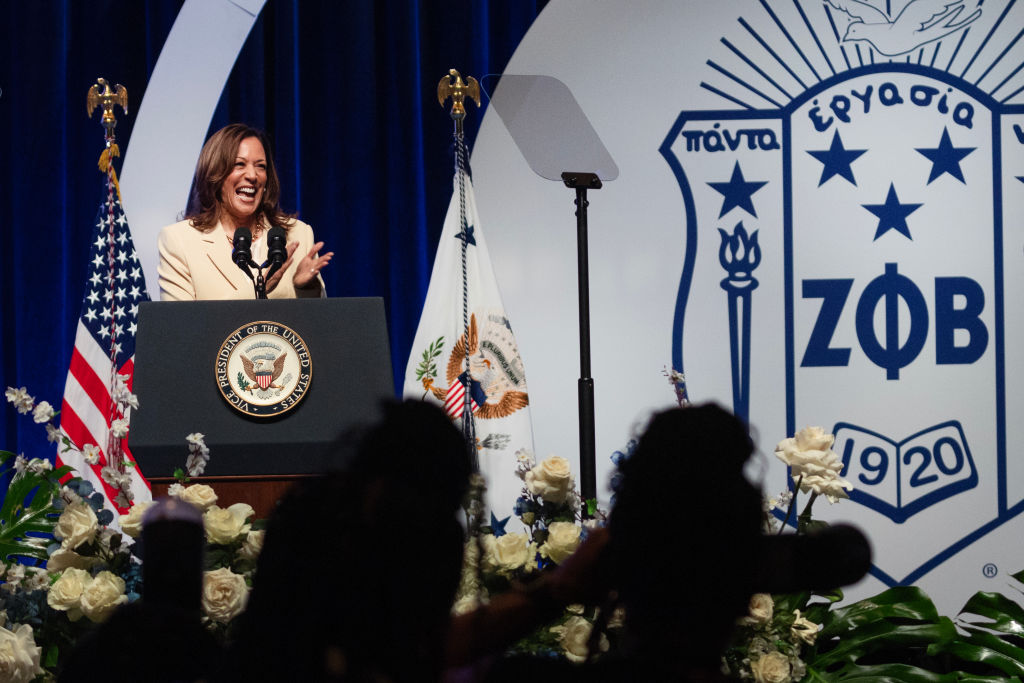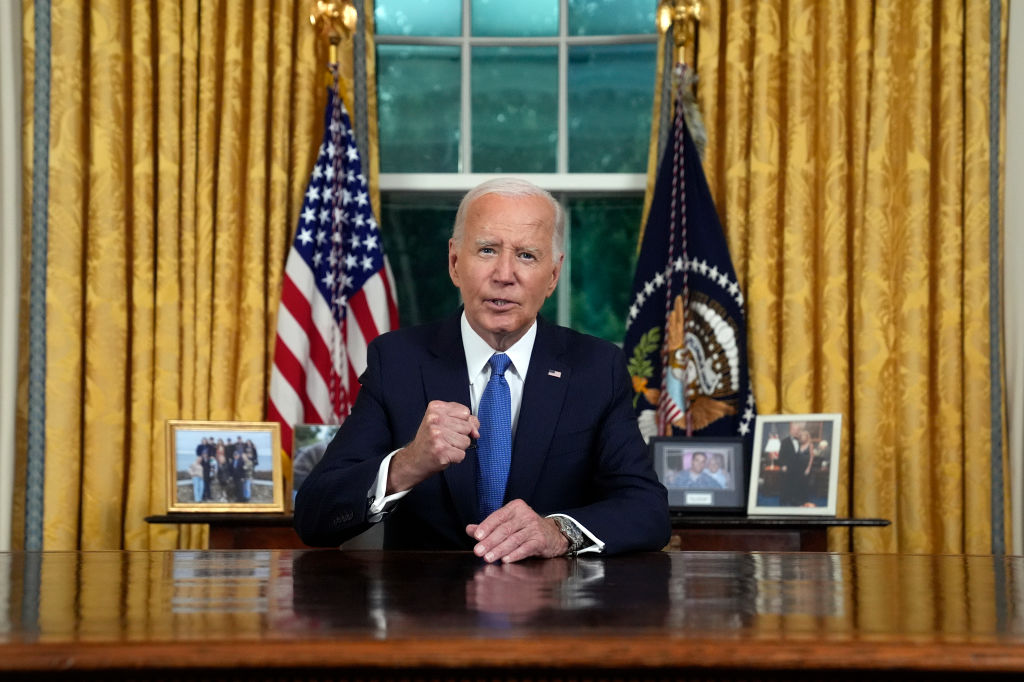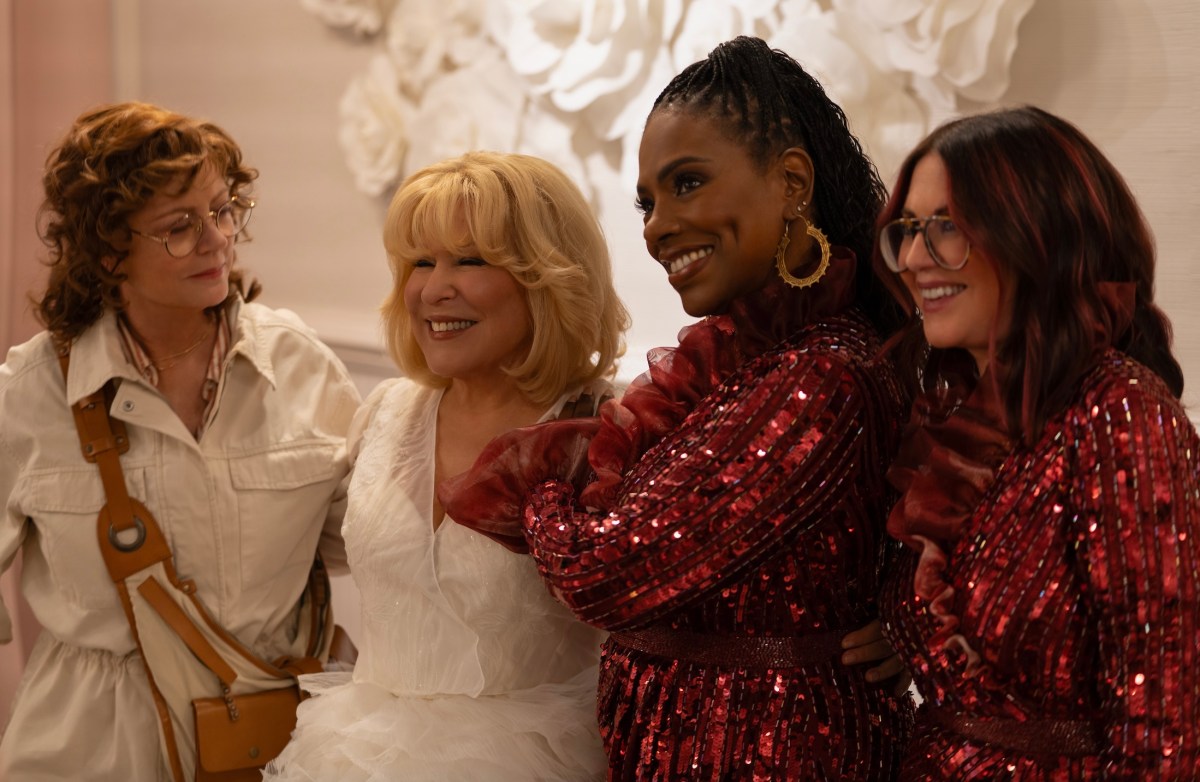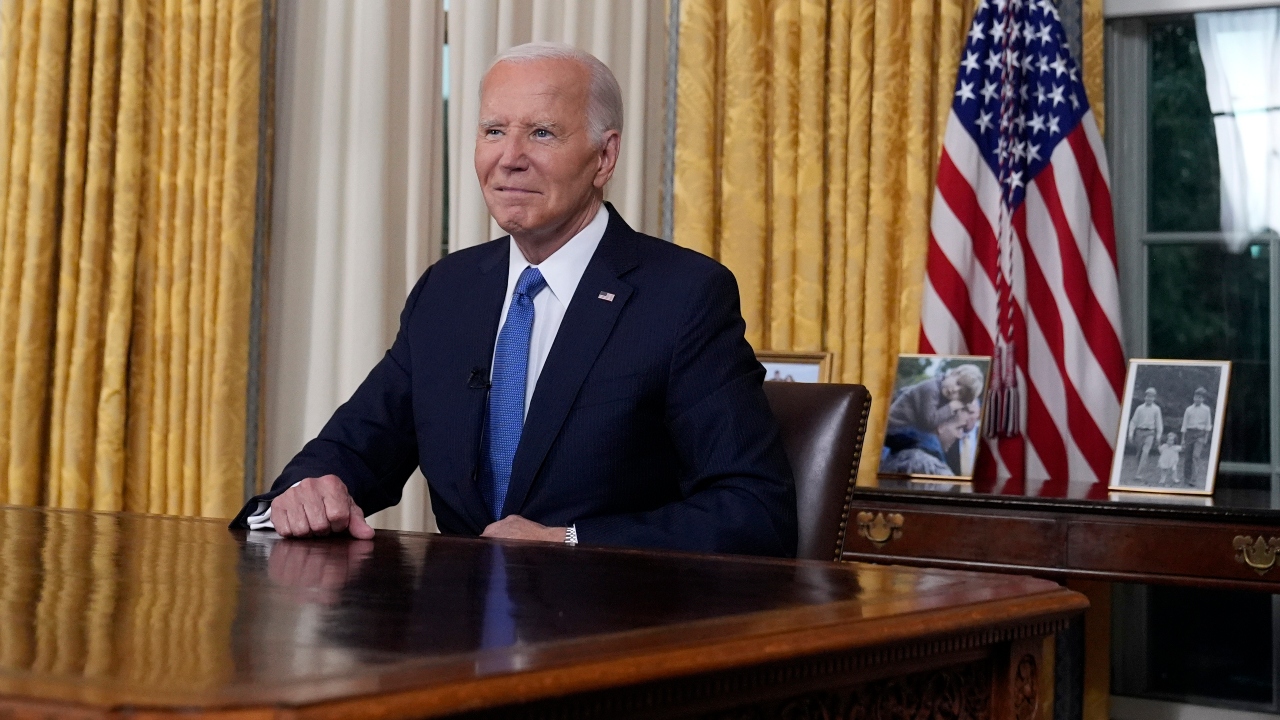Godzilla: What the 1990s American Version Almost Was

With three different movies with “Godzilla” in the title originating from the US and going on four with Godzilla vs. Kong, it’s hard to imagine a world without an American-made Godzilla film.
But there was a time where the best Hollywood could do was recutting and redubbing a Toho release every couple years.
Sometimes it was a big deal and came with a Dr. Pepper endorsement (ask Roger Corman).
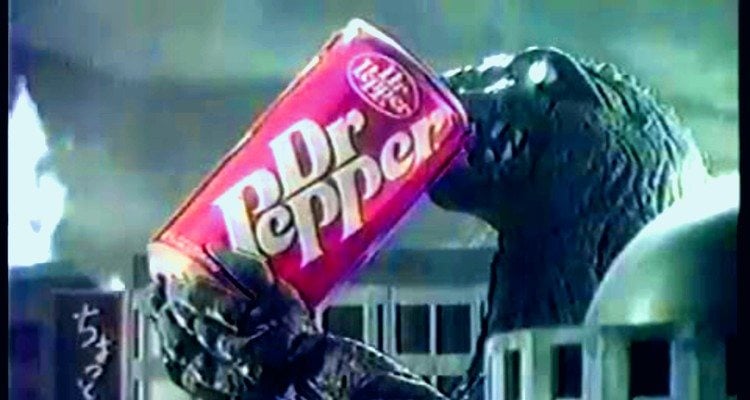
Then the time came for the first original US adaptation of Big G that hit screens in 1998. Most agree it was a mixed bag – so divisive it’s deemed “Godzilla in name only.”
Dean Devlin and Roland Emmerich’s summer blockbuster is a big part of Millennial G-Fan childhoods, but a plurality of them would rather forget (unless you’re talking about the epic and cool Fox Kids animated spinoff).

Audiences and purists everywhere were dismayed and arguably they had a good reason.
Of all the possibilities, Matthew Broderick as a guy who studies worms and a supporting cast of Simpsons regulars running from a giant iguana are what we got.
And, lo and behold, that almost wasn’t the case. Before ’98, the American production of Godzilla from TriStar Pictures was headed in another direction.
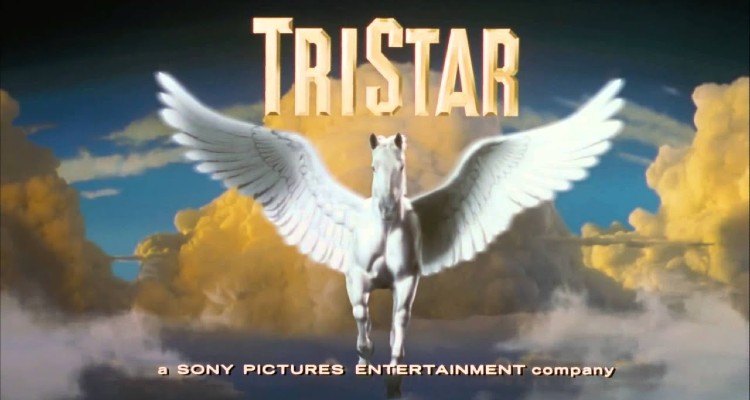
TriStar bought the rights to Godzilla around ’94 and kicked around making a film with either Tim Burton or Sam Raimi at the helm (plenty of studio projects have heard that one before).
They eventually landed cinematographer Jan de Bont who wowed moviegoers at the time directing Speed.
De Bont was set to direct a script by future Pirates of the Caribbean scribes Terry Rossio & Ted Elliott with effects by the legend Stan Winston.
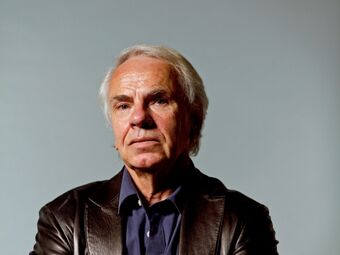
Jan de Bont
Rossio and Elliot’s script – which is available online – dealt with loss, obsession, grief, and man’s relationship to nature, themes present in Legendary’s MonsterVerse.
They were told by Toho to “not make light of the monster” which aided in finding a tone and the right implications.
Godzilla had human qualities spiritually but was still a “territorial beast” – not all bad and not entirely good.
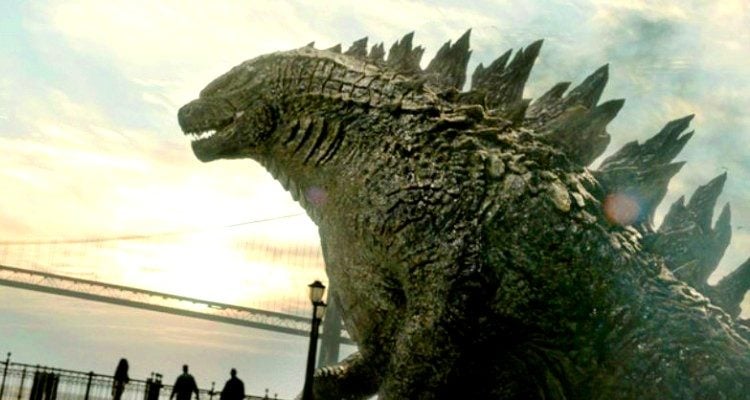
As a catalyst character in his own movie, Godzilla attacked islands and ships from Alaska to Japan.
In the process, he kills a government scientist investigating the phenomenon of amniotic fluid bubbling to the surface in the 49th state.
The scientist’s widow puts a team of cryptozoologists together to capture, study, and possibly destroy Godzilla.
Her daughter has mixed feelings, believing Godzilla is a force of nature they can’t hold responsible for his actions.
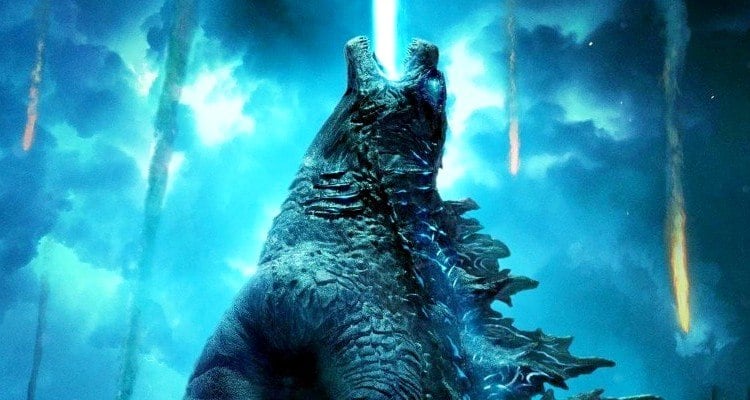
The Godzilla in this version stayed truer to Toho’s vision of a behemoth that had radioactive – or “ionized” – breath and was a veritable walking reactor.
Conversely, his origin was rewritten. Godzilla was created by an ancient civilization via an unexplained gene-splicing science to be the protector of Earth and ward off alien threats.

He’d have a big one in the Gryphon (“griffin”) – a hybrid alien kaiju created by probes that copied characteristics of predators in the animal kingdom (bats, pumas, serpents) and fused them into one giant bloodthirsty beast.
Godzilla ultimately battled the Gryphon in its final form in New York City and won with an edge given to Big G’s incendiary atomic energy over Gryphon’s chimerical abilities and body.
This brought closure to the grieving, vindictive widow and her family (sounds familiar).
Pre-production moved along so far a teaser trailer was made and it was shown in front of Godzilla vs. Mechagodzilla II upon release in Japan.
The teaser promises “groundbreaking visual effects” for the time that included digital recreations and maquettes of New York where the final battle was to take place, much like the Devlin & Emmerich effort.
The maquettes would later influence Peter Jackson and his WETA studio in the making of King Kong in 2005.
Some pre-viz of Godzilla in action on the Golden Gate Bridge is out there with the teaser on the web.
The pre-viz Godzilla is reminiscent of the Showa Era but the Goji Winston made for the film looked nothing like that.
What the Predator and Terminator designer had in mind borrowed a little from the Heisei Gojis and added dinosaur elements all his own.
Images of his sculpts are preserved for posterity and all to see on the Internet and various forums, a la Reddit.
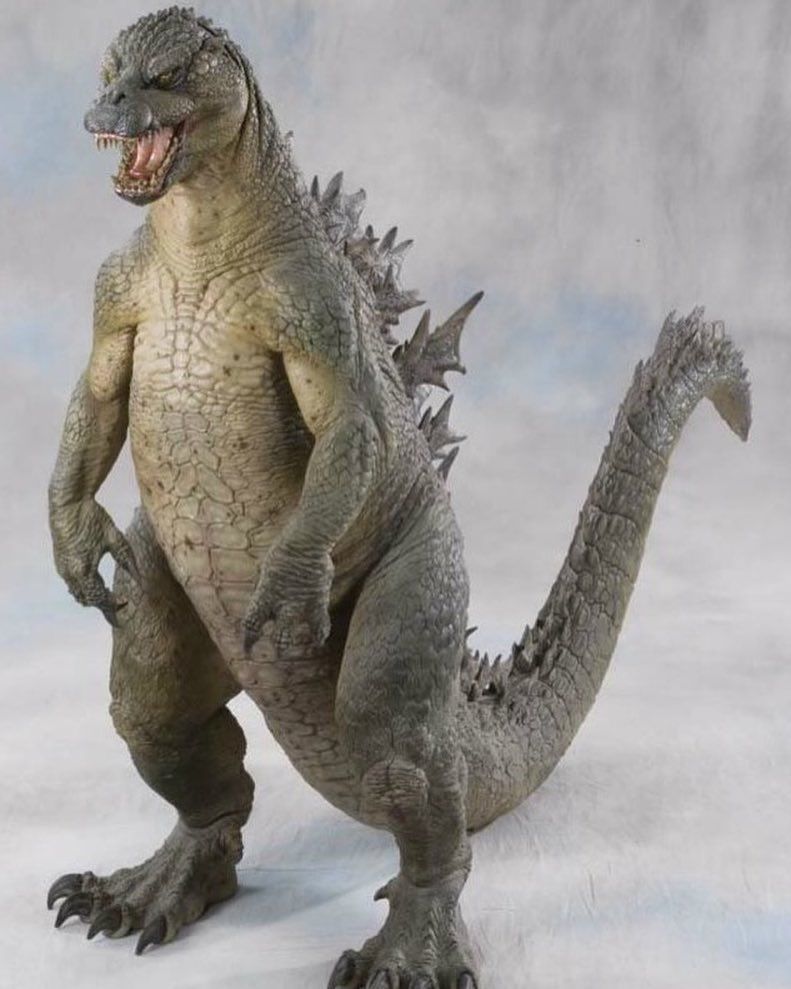
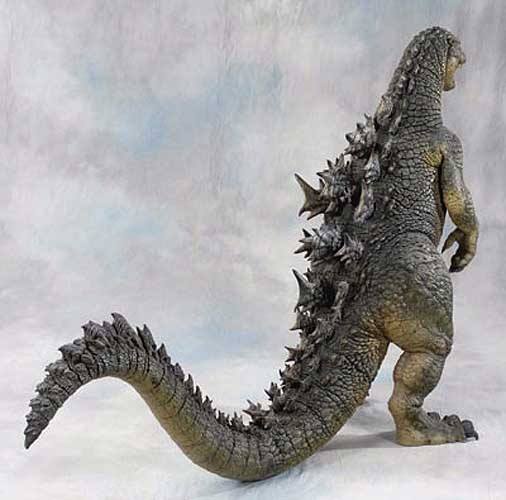
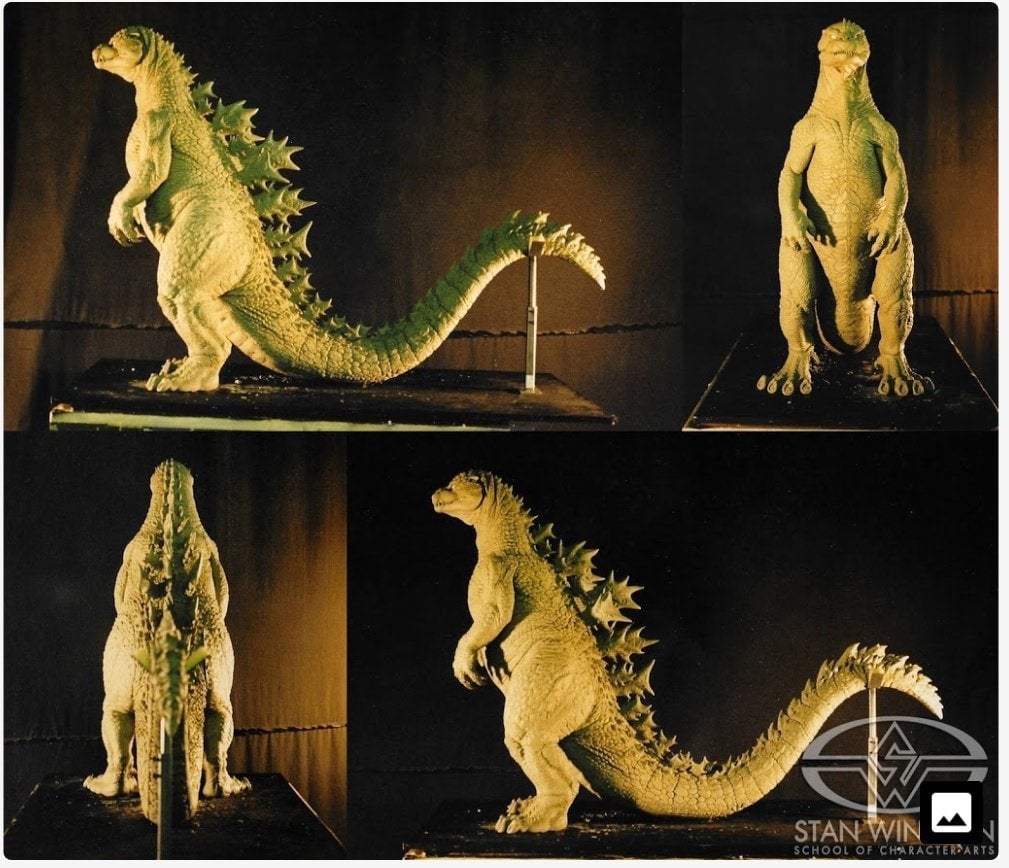
So what happened? Jan de Bont eventually ran into problems with the studio over the budget.
He wanted $130 million which would’ve made Godzilla the most expensive movie to produce that year. It’s chump change to Hollywood today but TriStar was unwilling to give it to him.

Combine that with a restructuring the company underwent back then not unlike what’s happening now at WarnerMedia, and Godzilla was dead in the water.
Liberal unaccounted-for spending was going on at the studio and people stepped in to fix it.
De Bont could not reach a compromise when cuts were requested and the project was passed to Devlin and Emmerich who got Patrick Tatopoulos (Underworld) to make Zilla and put a fresh stamp on things.

The cancellation of the project was a big blow to de Bont personally and many involved. It was a debacle compared frequently to the scrapped Superman Lives feature years later.
A lengthy, in-depth history was written for the site SciFi Japan in four parts. If you have the time you can learn everything there is to know about the production from its genesis to its aftermath.
Rossio and Elliot’s unproduced script was adapted into a fanmade graphic novel (Godzilla ’94) in 2018.
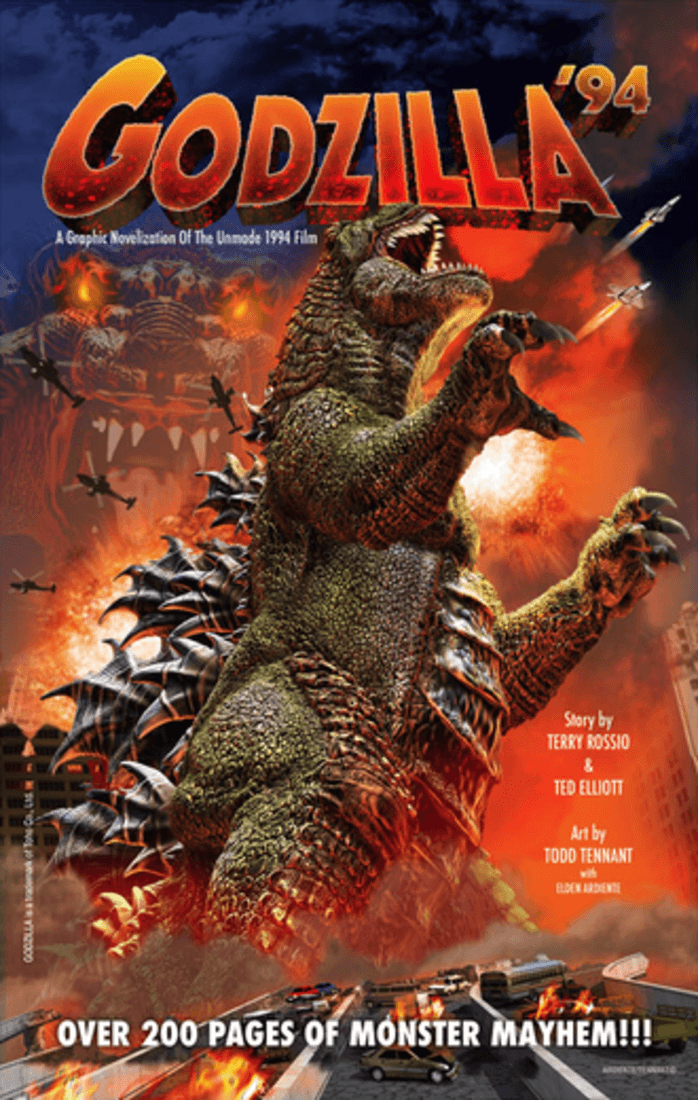
What do you think? Would you rather have seen this on the big screen back in the day? Feel free to leave your thoughts.
More About:Movies

